Thanks to the virtual reality, you can climb on board the boats with an incredibly realistic three-dimensional environment and interact with the objects present
Aligning with the design trend of the auto-motive sector that has become increasingly 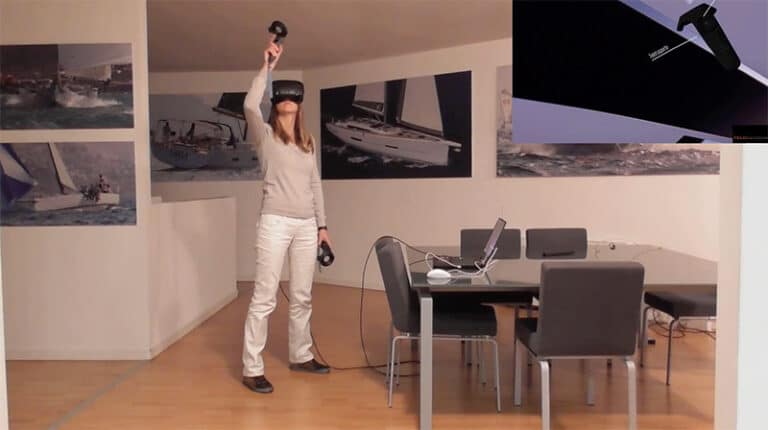
The shipbuilding industry is therefore increasingly grasping the importance of this technological information evolution that has made it possible to navigate photo-realistic environments, created with the development of complex 3D models. Wearing a special visor, in fact, you can enter the boat, perceive the spaces, appreciate details of the furnishings, the colours, the materials and “breathe” the feeling that the designed environment conveys.
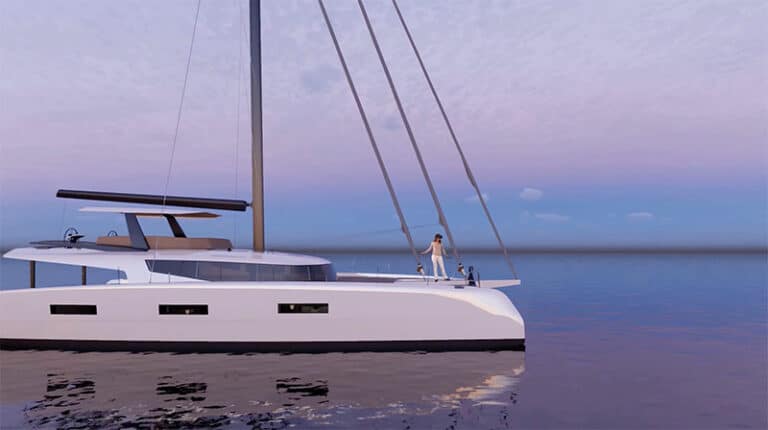
When entering this virtual room, customers actually climb on board, they can seat at the helm and verify whether ergonomics and functionality are exactly as expected.
They can swim around the boat and look at it from the water surface, take a dive under the keel, enter the dinette, sit at the chart table or simulate the feeling of lying down in a cabin bed.
In other words, its a new way of experiencing design which now develops through the analysis of style models, starting from the first three-dimensional sketches, experienced as real objects with which to interact and that can be seen from all angles, up to touching them and understand their features in a very exhaustive way.
It is possible to intervene on materials and colours in 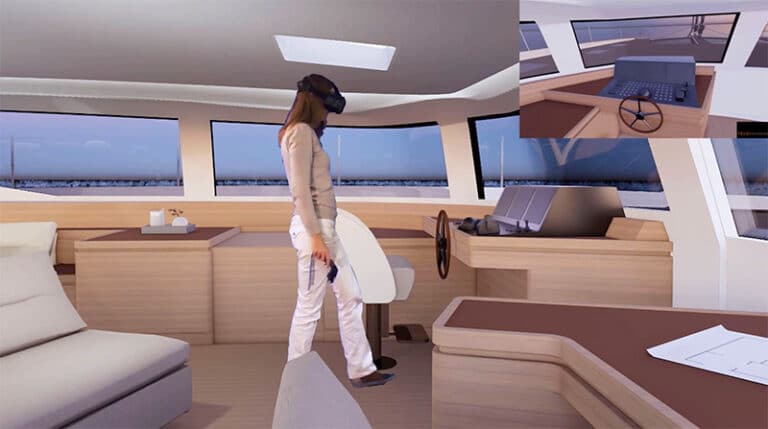
Of course, 3D renderings have always made an important contribution so far, but many perceptual elements were inevitably lost. Now, thanks to the virtual reality technology, Felci Yachts no longer models anything without immediate live verification.
A further step forward is the perception of both the interior volumes and proportions of the various elements: thanks to this technology, it is possible to change and update “step by step” a project, thus reaching a greater degree of “perfection”.
Basically, the entire “moking up” and prototyping phase, which was the only real possibility of perceiving and making customers perceive the spaces, is now completely revised, with the further advantage that stylistic details, colors and materials can also be appreciated. Obviously, to do this, accurate and highly engineered modelling is required.
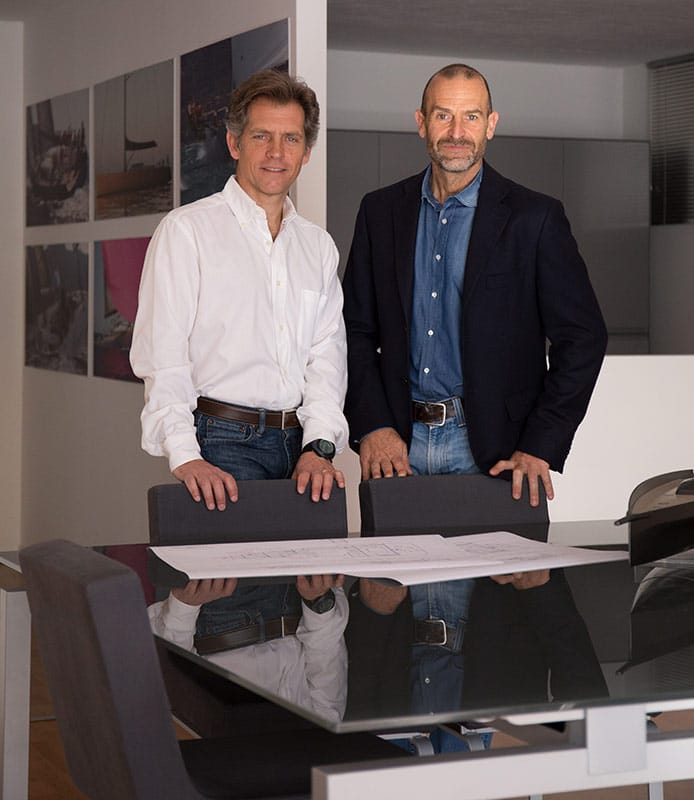
Even the plant engineers and site technicians that use Felci Yachts projects (in the photo, from left, Lorenzo Giovannozzi and Umberto Felci, founding partners of Felci Yacht Design) can benefit from this new way of designing, entering what they are about to build while perceiving all its features and problems.
Entering an engine room virtually and interacting with the various tools available is a very stimulating experience, especially considering that this approach also allows to imagine the intervention procedures and can help draft specifications for the technicians in charge of the “after sale” management or the professionals on board.
In conclusion, what was science fiction yesterday is a reality today. The next step, namely the possibility to designing directly with the use of virtual reality, is expected to be another great revolution.




















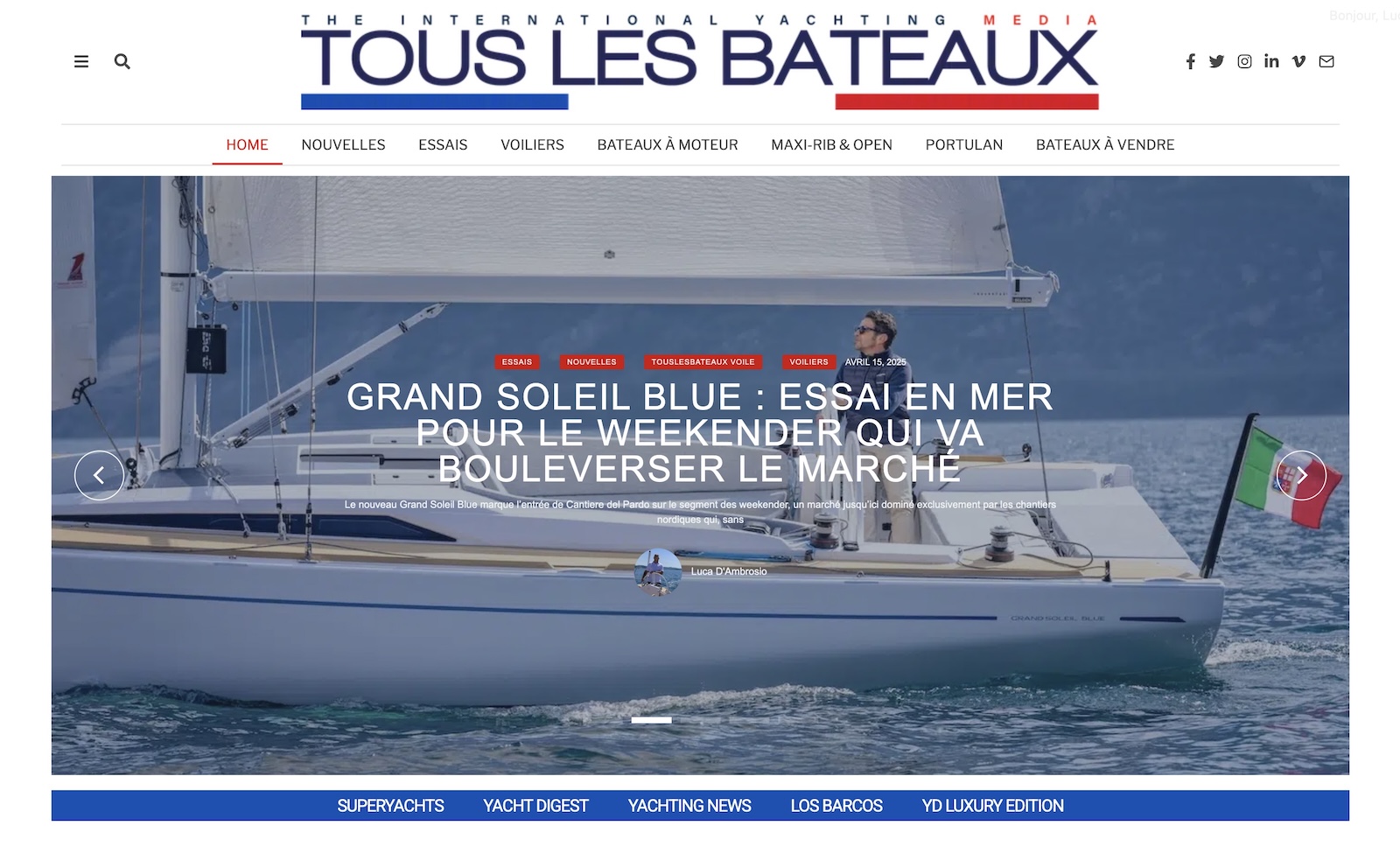




One Response
Hi,
I would like to know what software do you use to do this ?
Thank you 🙂
Sara